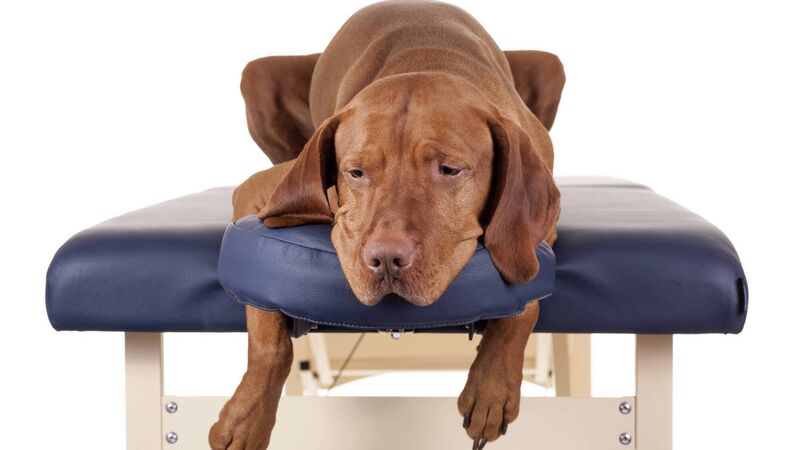Pete the Vet: Could your dog be suffering from back pain?

Pete the Vet: If a pet has more serious back pain, or if minor back pain does not resolve with rest and pain relief, a more detailed investigation is needed.
People are often surprised to hear about pets having similar problems to humans, but as a vet, it’s no surprise at all. After all, animal and human bodies are fundamentally the same: our bones, muscles, nerves, organs and other anatomical structures are remarkably similar. So, of course, just as humans can suffer from back pain, so can animals.
The types and causes of back pain are, understandably, different. Humans walk vertically, on two legs, while animals move around horizontally on four legs. Animals don’t lift heavy objects with their forelegs like humans do, while humans don’t run through fields at breakneck speed like dogs, or climb quickly up trees, or leap from object to object, like cats.

Celebrating 25 years of health and wellbeing








